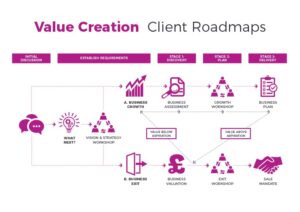In the final of a three-article series on R&D, James explains the new process requirements for filing R&D claims effective this month.
With effect from 8 August 2023, all R&D claims must be accompanied by a digital “Additional Information” form. This must be submitted by the R&D agent in advance of the actual Corporation Tax Return containing the claim figures.
A lot of the information required in this form will have already been included in most R&D reports. However, there are two key differences in terms of how the information should be collated and presented; one being the content and number of project descriptions, and the other being the way the costs are collated and presented.
In terms of R&D projects, the guidance is very prescriptive about how many projects need to be explained in detail. In most cases, except where the number of projects is very large, three projects should be enough.
However, those project descriptions must each now specifically address five specific points:
- The field of science or technology
- The technological baseline existing prior to the project
- The advance being sought
- Scientific or technological uncertainties faced
- How those uncertainties were approached
From recent HMRC enquiry activity it is apparent that the “advance” in technology is probably the most important point, so demonstrating that the company was trying to achieve something more than the existing state of knowledge (baseline) to the industry (note: not the company’s knowledge alone) is key.
It is also more important than ever to demonstrate the credentials of the key development personnel – it is one thing to explain that a solution would not be obvious to a “competent professional in the field” but to do that the claimant must show that their development leaders are competent professionals, by explaining their experience and qualifications.
In the guidance about how many projects to describe, the company must include sufficient projects that account for at least 50% of the qualifying costs. In order to do this, the costs claimed now need to be allocated across all R&D projects (note: not just the ones you are describing!). For example, it will no longer be sufficient to state that a developer spent 75% of his time on R&D, it will now be necessary to allocate that 75% across the different project areas.
While the advent of this new form is an extra administrative step, we do see this as a positive one as it will make it much easier for companies to present the right kind of information, in a form that it is easier for HMRC to understand. The clearer headings will also help business owners to better understand whether their development work is likely to fall within the definition of R&D.
It is clear from all this that going forward HMRC will be much better able to target their enquiry activity at the right claims and identify any “rogue” agents in the process, which has to be a positive.
Contact James Geary or Joe Lock by emailing james.geary@randall-payne.co.uk or joe.lock@randall-payne.co.uk, or call 01242 776000.



